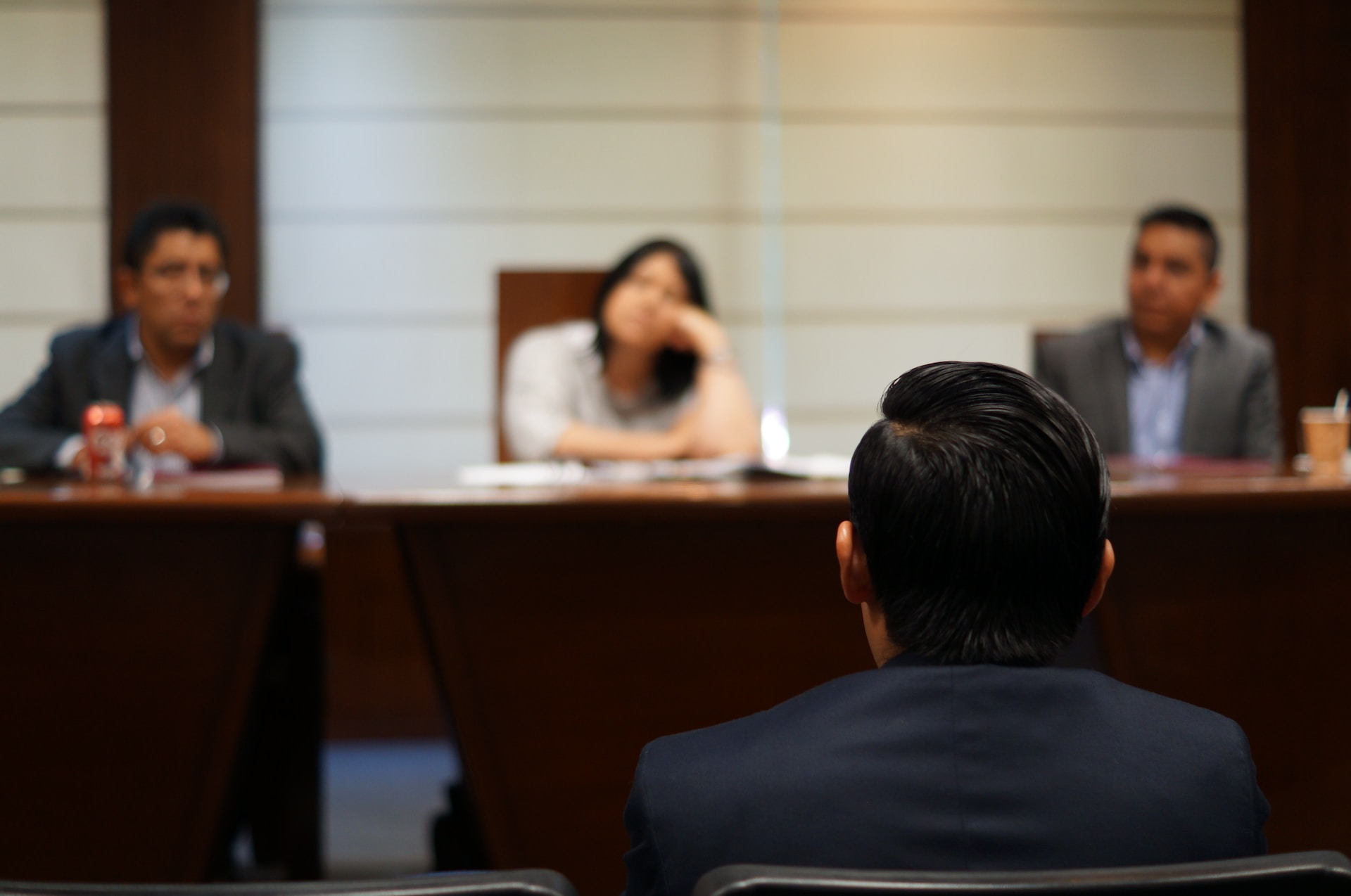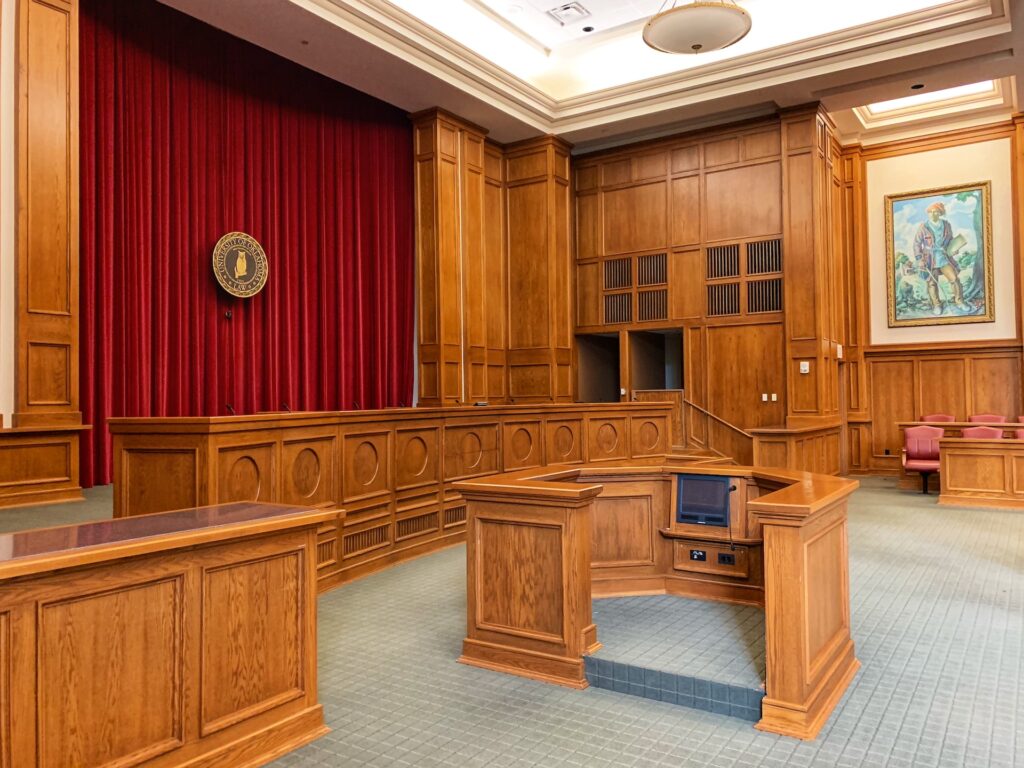In the theater of justice, the stage is often set for a complex dance between evidence and the law. Amid this intricate choreography, Rule 104 of the Texas Rules of Evidence emerges as a spotlight, casting its glow on preliminary admissibility hearings. These hearings, akin to the rehearsals before a grand performance, lay the foundation for the presentation of evidence at trial. Join us as we lift the curtain on this captivating legal process, exploring the dynamic interplay between litigators, judges, and evidence during preliminary admissibility hearings under Rule 104.
The Purpose and Scope of Preliminary Admissibility Hearings
 Before the trial’s spotlight shines, a hushed courtroom hosts preliminary admissibility hearings. Uncover the rationale behind these hearings and their role in shaping the narrative that will unfold before the jury. Delve into how Rule 104 channels these hearings to ensure that only relevant, reliable, and admissible evidence graces the trial’s stage.
Before the trial’s spotlight shines, a hushed courtroom hosts preliminary admissibility hearings. Uncover the rationale behind these hearings and their role in shaping the narrative that will unfold before the jury. Delve into how Rule 104 channels these hearings to ensure that only relevant, reliable, and admissible evidence graces the trial’s stage.
Additionally, these hearings provide a platform for litigators to address any objections, express their concerns about the admissibility of evidence, and define how they will use this evidence in the trial. In effect, preliminary admissibility hearings serve as a means for attorneys and witnesses alike to prepare for the performance that awaits them in court.
The Players in Preliminary Admissibility Hearings
Step into the shoes of litigators as they maneuver through the landscape of preliminary admissibility hearings. Witness their strategic choices, tactical maneuvers, and persuasive arguments as they seek to sway judges in favor of admitting or excluding crucial evidence. Examine the criteria that judges must consider when ruling on the admissibility of evidence. With robes draped in wisdom and impartiality, judges wield their gavels as gatekeepers of evidence. Unearth the responsibilities judges shoulder during preliminary admissibility hearings. Explore how they weigh the scales of relevance, probative value, and potential prejudice, all while upholding the principles of fairness and due process.

Examine the Admissibility Criteria Under Rule 104
As litigators present their cases, Rule 104 provides the music guiding their steps. Study the admissibility criteria under this rule, including the threshold of proof required and the delicate balance between relevance and prejudice. Delve into the nuances of authentication, hearsay, expert testimony, and other evidentiary foundations. From relevance to trustworthiness, discover the parameters of admissibility and how Rule 104 helps chart a course for evidence that is both persuasive and reliable.
In Conclusion
As the curtain falls on the exploration of preliminary admissibility hearings under Rule 104, the resonance of evidence and law lingers in the air. These hearings, like the opening notes of a symphony, set the tone for the trial’s narrative, ensuring that justice is not only done but is seen to be done. They epitomize the delicate equilibrium between advocacy and the pursuit of truth, showcasing the artistry that unfolds when evidence takes center stage in the theater of justice.…

